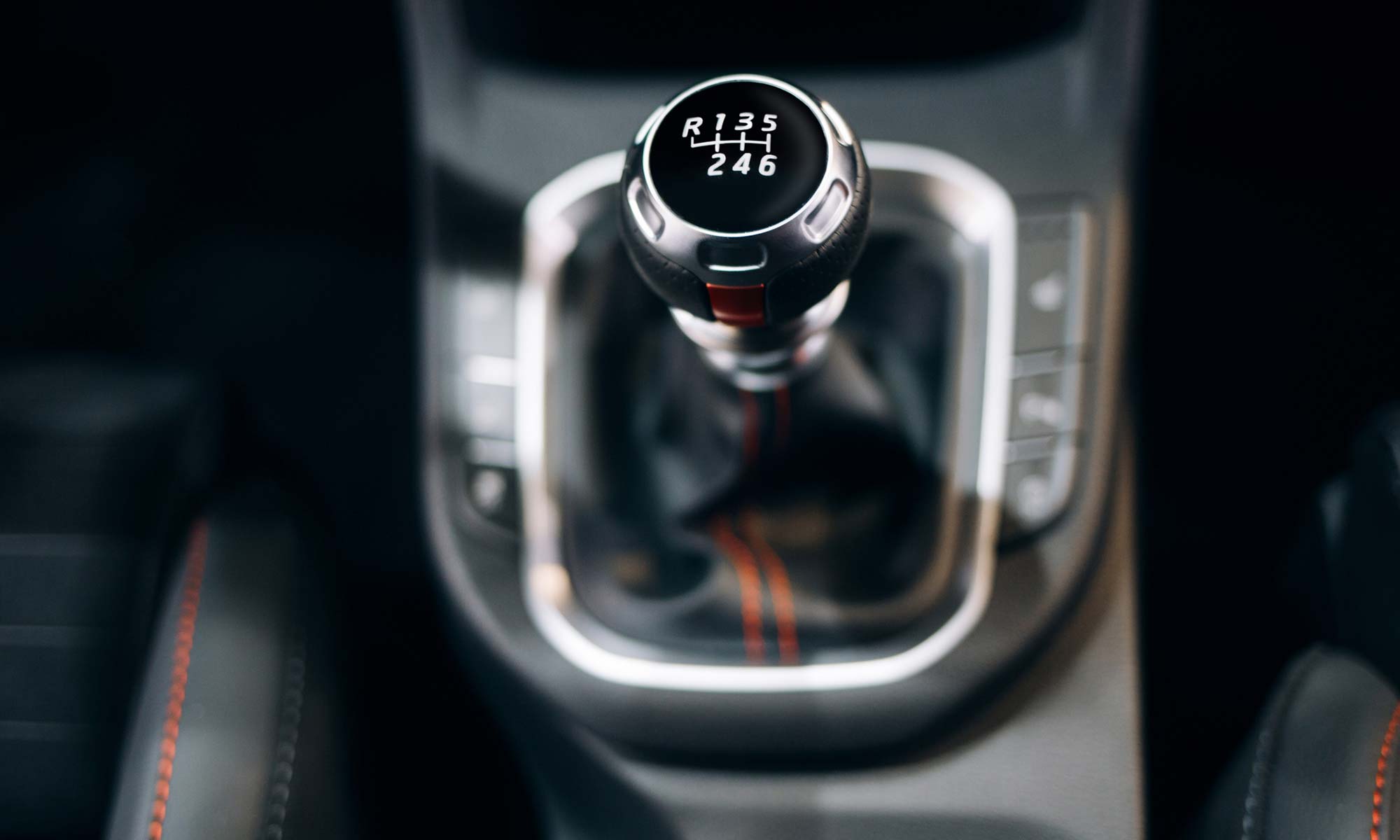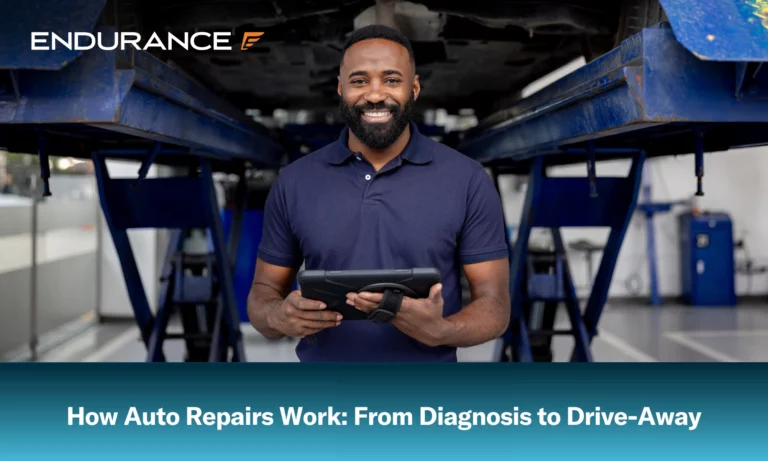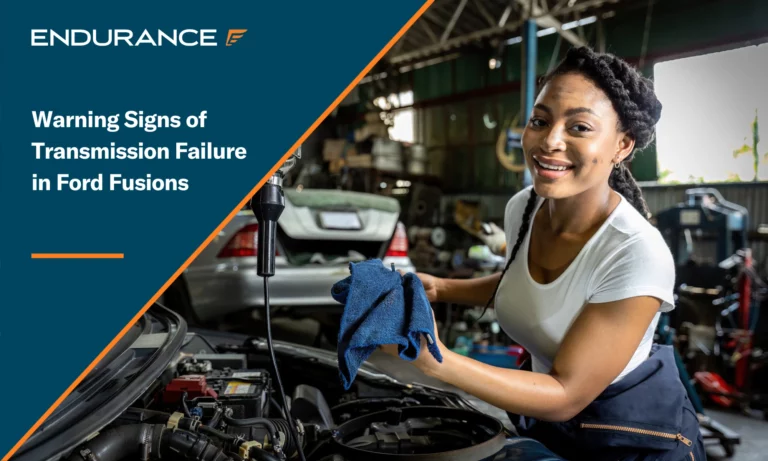Do Manual Transmissions Have Better Fuel Economy vs. Automatics?

When it comes to purchasing a brand new car or a used vehicle, there are several factors you need to consider, like overall price, mileage, and accident history. There is another aspect many prospective car buyers often underestimate or don’t consider, which they should: the type of transmission in the vehicle.
Whether it’s an automatic or a manual shift, a vehicle’s transmission is designed to complete the same functions. However, there are key differences between them. Manual transmission cars are common compared to automatics, and each transmission has its pros and cons. Many people also believe manual transmissions have better fuel economy vs. automatic transmissions. And, with gas prices regularly fluctuating, having a more fuel-efficient vehicle can help you save money when filling up at the tank.
Before you make your next vehicle purchase, take a look at the benefits and features of automatic and manual transmission cars and see which one may be the right choice for you.
What Does A Transmission Do?
A transmission’s job is to change the “gear” of a vehicle’s engine, which moves the power produced from your vehicle’s engine to the wheels by ensuring that the gear ratio between the drive wheels and engine adjust properly when your vehicle changes speed. Without this, your car’s engine would be at risk of destroying itself or overheating. Simply speaking, a transmission makes sure that the right amount of power goes to your wheels when you drive.
This is why you have various “gears” in your transmission. Lower gears are made to ensure your vehicle has enough power to get the car moving when starting from a complete stop or at lower speeds, such as in stop-and-go traffic. Conversely, higher gears are made for cruising at higher speeds with less resistance on the vehicle, such as driving on a highway.
Manual Vs. Automatic Transmissions
There are two types of transmissions to choose from when selecting your next vehicle: manual and automatic. A manual transmission, more commonly referred to as a vehicle needing a “stick shift,” is usually a little cheaper than automatics. This price difference is typically due to automatic transmissions being more expensive to manufacture and maintain. Manual transmissions have fewer moving parts but will have components such as clutches or flywheels that will be worn and have to be maintained over time.
Avoid unexpected and costly auto repair bills when it comes to your vehicle’s transmission with a vehicle protection plan like EnduranceAdvantage™. Each level of the EnduranceAdvantage protection plan will provide coverage to your vehicle’s most vital components, including the engine, transmission, and more, at no additional cost to you. Regular vehicle maintenance can help save you from costly repairs down the road, and with EnduranceAdvantage, basic vehicle maintenance is included in every plan.
Manual Transmissions
Having a manual transmission is often a fun attribute for those who simply love to drive with a stick shift. Manual transmissions are also favored for those looking for a more “sporty” feel to their drive, as a manual transmission often allows for better overall control of a vehicle. However, with advancements in technology, many sports cars are going toward more performance-based automatic transmissions.
To operate, a manual transmission uses a combination of a clutch pedal and gearshift to twitch between gears, requiring the driver to be constantly aware of their speed. This works by disengaging the engine from your vehicle’s wheels when the clutch pedal is pushed down and using the stick shift to change to a new gear once your engine’s RPM (rotations per minute) reaches between 2,000 and 3,000. Failing to shift and the proper time can result in stalling and possible damage to your transmission. It is also important to note that this can vary by vehicle make and model, so it is best to check your owner’s manual first.
In general, there are various pros and cons to a manual transmission, such as:
Pros
- Less expensive to purchase or repair
- Easier to maintain
- Allows for more control over the vehicle
- More engaging driving experience
Cons
- Will need to maintain clutch/flywheel
- Learning to use can take time
- Can be difficult to use in high-traffic areas
- Can be prone to stalling with improper shifting
Automatic Transmissions
While many automatic vehicles can allow you to switch gears using paddle shifters manually, automatic transmissions today can bypass the need for a clutch and manual gear shift due to a component called a “torque converter.” This component allows your car’s engine and transmission to work independently, allowing you to bypass the need to manually switch gears.
With this ease of use, automatic transmissions are widely the most popular transmissions used worldwide. However, while an automatic transmission makes driving a car easier compared to a manual one, it can be quite expensive to repair if they experience an unexpected breakdown.
Pros
- Very easy to use
- Minimal risk of stalling
- Available in a wider variety of vehicle makes/models
Cons
- More expensive to purchase or repair
- Requires more regular maintenance
Does Your Transmission Type Affect Your Fuel Economy?
Since automatic transmission became more widespread in the ’50s and ’60s, there have been many debates on which transmission type can offer drivers better fuel economy. In 2015, studies performed by consumerreports.org found that manual transmission vehicles were able to achieve an increase of 2-5 mpg when compared to the same vehicle equipped with an automatic transmission. However, with many of the advancements in the automotive field allowing for more gears and relying less on the torque converters, automatic transmissions have begun to catch up to and even surpass the fuel efficiency of many manual transmissions.
Of course, while both transmissions may give you a similar amount of fuel efficiency, this will mainly depend on your own personal driving style. With a manual transmission, you are in control of your shift points. This means you can shift economically to save on fuel or shift aggressively, resulting in lower fuel economy than automatic transmissions. Where you live, and the surrounding driving conditions can also factor into your vehicle’s fuel economy. Vehicles primarily driven in stop-and-go city traffic will often burn gas and suffer wear and tear damage quicker than vehicles primarily driven at highway speeds.
Ways You Can Improve Your Fuel Economy
Whether you have an automatic or a manual transmission in your vehicle, your fuel economy will ultimately depend on your own personal driving habits. However, adopting fuel-saving best practices can not only save you money, but it allows your vehicle to run more efficiently. Some tips are to make sure that your tires are properly inflated to the recommended PSI and avoid speeding or rapidly accelerating as that can waste gas. You can also utilize your car’s cruise control feature when able.
Protect Your Vehicle’s Transmission with Endurance
While adopting fuel-saving techniques can help you save money, ensuring you stay up to date with your vehicle’s recommended maintenance schedule is the best way to help protect your vehicle from unexpected and costly auto repair bills. With EnduranceAdvantage, you can rest easy knowing your vehicle’s transmission and other vital components are covered without worrying about potential out-of-pocket expenses. You can also receive up to $3,500 in maintenance coverage on services such as oil and filter changes, engine diagnostic exams, alignment checks, tire rotations, and more to help you stay on track with all your vehicle’s maintenance needs.
Endurance customers can also receive 1 year of free Endurance Elite Benefits with the purchase of any vehicle protection plan. With additional perks such as 24/7 roadside assistance, key fob replacement, tire repair/replacement, and more, you can have peace of mind for the road ahead.
Request a free, no-obligation quote to learn more about our vehicle protection plans, including all levels of EnduranceAdvantage. You can also visit the Learning Center to find more articles on make/model comparisons, maintenance tips, and other informative topics.













After more than 16 years as a technician and service advisor, Adam Karner transitioned to the auto protection industry in 2009. As a Product Manager for Endurance Dealer Services, he brings valuable hands-on experience. Read more about Adam.